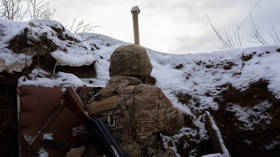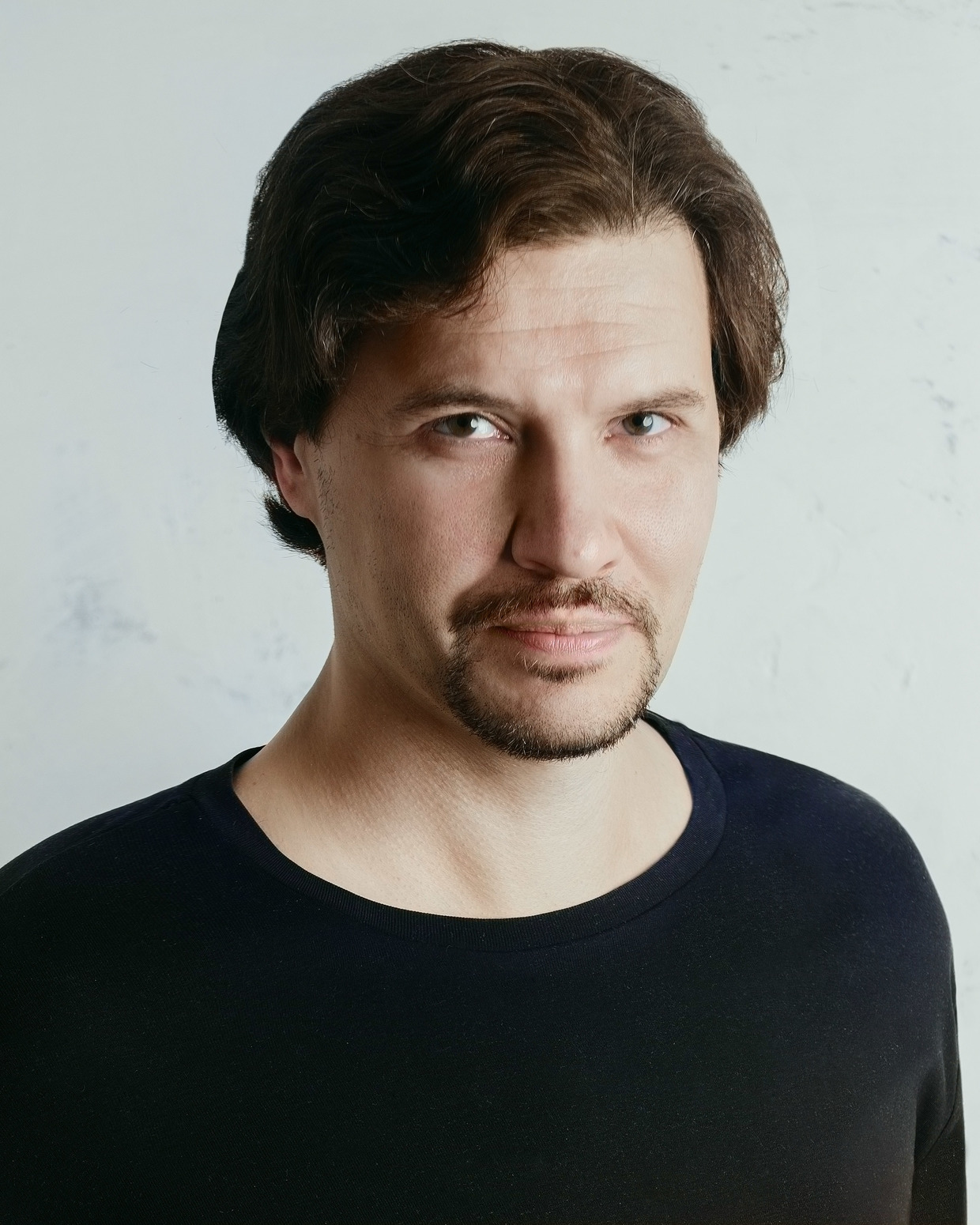Sergey Poletaev: As winter approaches, both Russia and Ukraine bulk up their forces in preparation for decisive battles

Russia’s failures on the frontlines of its conflict with Ukraine in September were followed by organizational conclusions: A partial mobilization was announced on September 21; on October 8, all Russian forces in Ukraine were united under General Sergey Surovikin; and on October 19, a kind of defense committee headed by Prime Minister Mikhail Mishustin was created and elements of martial law were introduced in a number of western and southern regions.
The effect of these measures, however, has yet to manifest itself, so since early autumn, the Armed Forces of Ukraine (AFU) have had the initiative on almost the entire front, except in the area of Artyomovsk (Bakhmut) in the Donetsk People’s Republic (DPR), where the Wagner Group’s forces have continued their leisurely offensive.
As we anticipated, in the north of the front, at the junction of Kharkov Region and the DPR, the enemy built upon its September success, and by the start of October, had taken the strategically important town of Krasny Liman, which had fallen under Russian control back in May.
Although the Ukrainian army’s offensive stalled and the Russians managed to counterattack and liberate several settlements afterwards, the event was symbolic. For the first time, not just a major city, but a Russian city was surrendered to the enemy – on the very day after the four new regions were incorporated into our country.
On the Kherson front, after a month of bloody failures, Kiev’s forces eventually unlocked the Russian defenses. The direction of the main strike shifted to the northeast, where a strike was launched on October 2-4 along the Dnieper riverbank, forcing Russian troops to retreat 20-30km to the Dudchany-Davydov Brod line. Again, the same tactics used in Kharkov worked: Taking advantage of the numerical edge and the fact that Moscow did not have a solid front but rather a number of garrisons on the line. The Ukrainians broke through to the rear, flooded the area, and forced a Russian retreat.
For the Ukrainians, this style of attack is a double-edged sword: If successful, it means a very quick breakthrough; but if unsuccessful, it leads to very heavy losses.
Since then, the front has been stabilized, but the position of the Russians here remains vulnerable. All supplies for the group, and the regional center, depend on road transport via the Kakhovskaya Dam, which has been subjected to missile attacks by Kiev on more than one occasion. Temporary military bridges have been erected to replace the broken passes over the sluice, which itself has been backfilled to allow passage, but this does not fully solve the supply problem.
At dawn on October 8, there was a high-profile attack on the Crimean Bridge – a truck bomb was detonated, collapsing one of the two roads, and a parallel train carrying oil products caught fire, damaging one of the railway lines. The surviving lanes were restored to road traffic on the same day, while the rest required major repairs.
With this act of sabotage, as well as his calls for a preemptive nuclear strike, Ukrainian President Vladimir Zelensky gave his Russian counterpart, Vladimir Putin, an excuse to up the ante. Russia responded by launching massive strikes on Ukraine’s electricity infrastructure. This was the first time since the beginning of the military operation that systematic work of this nature was seen. According to various estimates, in less than two weeks of daily attacks, Ukraine’s power grid deteriorated by 10-30%. A strict regime of light saving was introduced across the country, as water supplies, street lighting, and electric transport were cut off to varying degrees. So far, only thermal power plants, their electrical substations, and power grid control rooms have been attacked. Hydropower plants, for example, much less nuclear power plants, have not been targeted.
In addition to Kalibr cruise missiles, Geran-2 kamikaze drones have been widely used in the strikes. They are equipped with a simple piston engine (for which they are nicknamed ‘mopeds’) and use a satellite guidance system. Because of their mass application and the lack of a jet stream at which anti-aircraft missile heads can be aimed, Ukrainian air defense is powerless against the Gerans: it is more often possible to shoot down a drone with small arms as it approaches its target, which, in turn, leads to explosives-laden drones dropping on civilian objects, residential buildings and so on in dense urban areas.
Ukraine has responded by stepping up the shelling of Belgorod Region, also targeting electrical substations. This has caused power outages in Belgorod, which, however, cannot be compared to the blackouts in Ukraine.
In addition, Kiev has started targeting power centers in the new Russian regions – in recent days, facilities in Donetsk and Energodar have been hit.
Western reactions to Moscow’s latest actions have been surprisingly sluggish. In response to the acceptance of new regions into Russia, the partial mobilization, and strikes on the energy sector, Washington only promised to strengthen Ukraine’s air defenses to combat the Kalibrs and Gerans. Accelerated accession to NATO was not offered, nor was a sharp increase in arms deliveries. Thus, it is clear that the West intends to continue fighting by proxy – at least as long as the offensive potential of the AFU remains.
***
So what’s next? It appears that Kiev is preparing a major offensive on Kherson with the aim of taking both the city itself and the entire right bank part of the region. General Surovikin has openly admitted the gravity of the situation, not ruling out “difficult decisions.” In recent days, Russia has been conducting a hasty evacuation of the right bank, and it appears that the main battle of the autumn is about to begin here.
In addition, we should expect an attack by the AFU in the north, in Svatovo and Rubezhnoye-Severodonetsk. A large Ukrainian grouping has also assembled in the area, and the Russian Armed Forces are actively setting up defensive lines.
Another area under threat is Energodar and the Zaporozhye Nuclear Power Plant. New attempts at landing via the Kakhovka Reservoir and an overland strike via Vasilievka along the southern bank of the Dnieper can be expected here, but the latter does not appear to be realistic at the moment.
Ukraine needs to hurry. Time is working against it. As mobilized troops from Russia arrive at the front, the AFU’s advantage in numbers will come to an end and the tactic of breaking through with light units will no longer work. In addition, in November, the last of the green grass will vanish, snow will fall, and the troops will become more vulnerable from the air.
Russia will apparently continue its strikes on infrastructure while reinforcing the front. The immediate task is to repel an offensive by the AFU, inflicting maximum defensive damage. A joint Russian-Belarusian grouping in Belarus has also been announced. It can hardly be expected to launch an offensive from the north, but instead, its aim is probably to draw in as many Ukrainian forces as possible from the front to cover the border.
Kiev seems to be well aware of the limits of its capabilities, as in recent days, there have been reports of new waves of mobilization in Ukraine. Whether Russia will have to respond in the same manner, or whether the first autumn draft will be enough, we will see in the coming months.
















